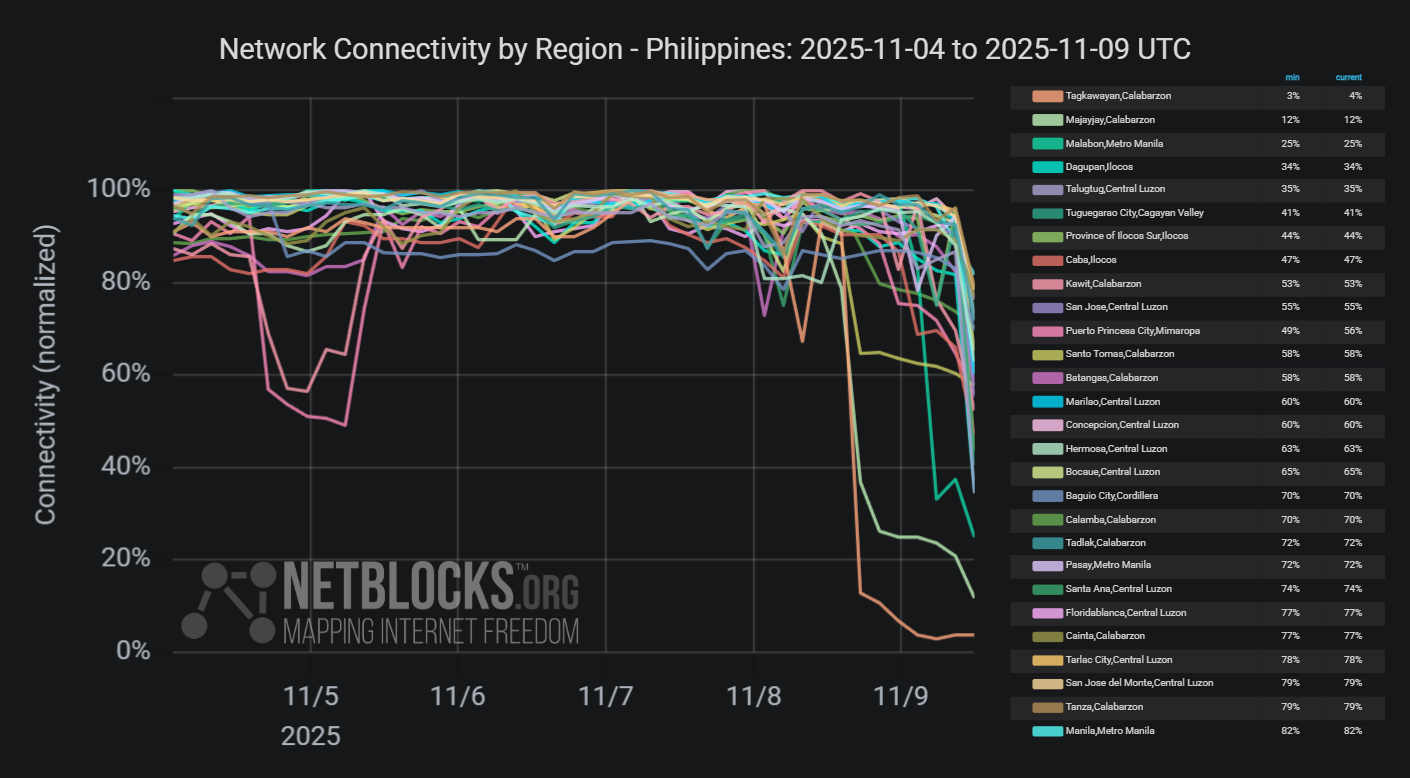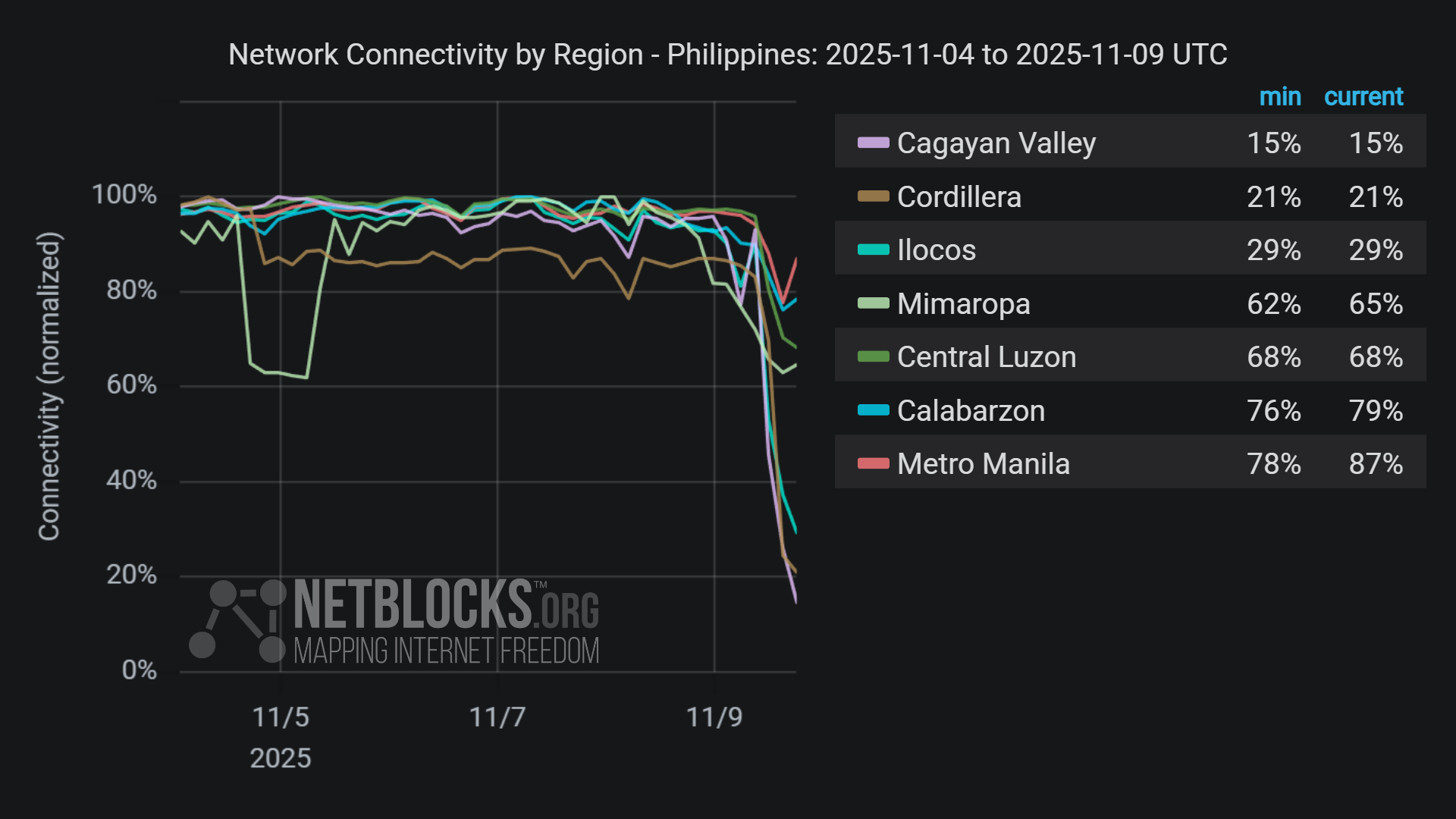A recently established U.S.-Philippine military task force designed to deter coercion and respond to crises in the disputed South China Sea will not likely stay a two-country effort for long. https://www.japantimes.co.jp/news/2025/11/28/world/politics/us-philippine-military-task-force/?utm_medium=Social&utm_source=mastodon #worldnews #politics #us #philippines #defense #china #australia #canada #usjapanrelations
Collective defense is too big a leap at this time. But collective deterrence is a legitimate strategy to thwart a rising China. https://www.japantimes.co.jp/commentary/2025/11/26/japan/the-argument-for-indo-pacific-collective-deterrence/?utm_medium=Social&utm_source=mastodon #commentary #japan #defense #sdf #sanaetakaichi #china #russia #northkorea #quad #australia #india #us #southkorea #philippines #seato #shigeruishiba #nato #taiwan #southchinasea #eastchinasea
Authoritarian nostalgia is rising across Southeast Asia, as leaders and societies whitewash past dictatorships, threatening democratic institutions and stability throughout the region. https://www.japantimes.co.jp/commentary/2025/11/26/world/asias-tyrants-seen-as-heroes/?utm_medium=Social&utm_source=mastodon #commentary #worldnews #suharto #indonesia #ferdinandmarcos #philippines #thailand #cambodia #globalsouth #asia #authoritarianism #democracy #humanrights
As Tokyo and Manila discuss the transfer of used Japanese destroyers, the Philippine Navy chief says the service is also seeking five more retired TC-90 aircraft from the MSDF to boost its patrol capabilities. https://www.japantimes.co.jp/news/2025/11/26/japan/philippine-navy-chief-interview/?utm_medium=Social&utm_source=mastodon #japan #philippines #philippinesjapanrelations #defense #msdf #sdf #china #southchinasea #southeastasia
China is using threats, diplomatic pressure, economic measures and manufactured media narratives to attack new Prime Minister Sanae Takaichi and influence Japanese politics. https://www.japantimes.co.jp/commentary/2025/11/20/japan/good-relations-with-communist-party-is-a-fools-errand/?utm_medium=Social&utm_source=mastodon #commentary #japan #china #sanaetakaichi #taiwan #xuejian #reiwashinsengumi #us #ldp #shigeruishiba #komeito #japaninnovationparty #ccp #philippines #shinzoabe #laichingte #xijinping #worldwarii
#MeerMittwoch
Boracay Island, Philippines, January 2020.
#photography #seawednesday #sea #seascape #beach #sunset #goldenhour #boracay #philippines
#MeerMittwoch
Boracay Island, Philippines, January 2020.
#photography #seawednesday #sea #seascape #beach #sunset #goldenhour #boracay #philippines
Rising anger in the Philippines over a corruption scandal has forced out two ministers from President Ferdinand Marcos Jr.’s Cabinet, testing his administration’s work to restore public trust and investor confidence. https://www.japantimes.co.jp/news/2025/11/18/asia-pacific/politics/marcos-philippine-graft-protest/?utm_medium=Social&utm_source=mastodon #asiapacific #politics #philippines #ferdinandmarcosjr #corruption
Trixy Elle from the #Philippines survived Typhoon Odette, the December 2021 superstorm that killed hundreds and caused billions in damage in a country battered by deadly typhoons year after year.
Trixy Elle from the #Philippines survived Typhoon Odette, the December 2021 superstorm that killed hundreds and caused billions in damage in a country battered by deadly typhoons year after year.
Thousands of members of an influential religious group have started gathering in Manila for a rally to call for accountability in the Philippine government over a widening corruption scandal. https://www.japantimes.co.jp/news/2025/11/16/asia-pacific/politics/megachurch-protest-philippines-corruption/?utm_medium=Social&utm_source=mastodon #asiapacific #politics #ferdinandmarcosjr #saraduterte #philippines #corruption #manila
ASEAN’s response to the South China Sea dispute remains passive, with most countries "hedging" to avoid conflict with China despite growing tensions. https://www.japantimes.co.jp/commentary/2025/11/13/world/aseans-passive-response-to-south-china-sea-dispute/?utm_medium=Social&utm_source=mastodon #commentary #worldnews #asean #china #southchinasea #eastchinasea #philippines #taiwan #icj #scarboroughshoal #defense #southkorea
Family courts in Tokyo and Okinawa Prefecture have rejected claims for Japanese citizenship filed by four Japanese descendants living in the Philippines. https://www.japantimes.co.jp/news/2025/11/12/japan/philippines-citizenship-denied/?utm_medium=Social&utm_source=mastodon #japan #nationality #philippines #philippinesjapanrelations #humanrights #wwii
Super typhoon Fung-Wong hit the Philippines on Sunday and is forecast to cause widespread damage as it moves west. https://www.japantimes.co.jp/news/2025/11/10/asia-pacific/typhoon-fung-wong-philippines/?utm_medium=Social&utm_source=mastodon #asiapacific #typhoons #philippines #southeastasia
⚠️ Confirmed: Metrics show a decline in internet connectivity in the northern #Philippines corresponding to the approach of Super Typhoon Fung-wong's landfall in Luzon; the new incident comes only days after Typhoon Kalmaegi knocks out power and telecom lines #UwanPH
⚠️ Confirmed: Metrics show a decline in internet connectivity in the northern #Philippines corresponding to the approach of Super Typhoon Fung-wong's landfall in Luzon; the new incident comes only days after Typhoon Kalmaegi knocks out power and telecom lines #UwanPH
⚠️ Update: Network data show widening internet outages in #Philippines as Super Typhoon Fung-Wong makes landfall near Aurora province, resulting in damage to infrastructure and power outages 🌀 #UwanPH
Only one week after #Typhoon #Kalmaegi:
#FungWong (Philippine name #Uwan, Japanese Typhoon Number 26) is located 239 km east of Manila, #Philippines, and has tracked west-northwestward at 30 km/h (16 knots) over the past 6 hours. Maximum significant wave height is 12.8 meters (42 feet).
Fung-wong is forecast to make landfall south of #BalerBay, Philippines over the next 12 hours with a significant weakening of the system structure expected due to topographic interactions.
Fung-wong will then enter the #SouthChinaSea, likely passing north of #SantiagoIsland, Philippines, though some uncertainty remains due the influence of frictional effects of the terrain.
⚠️ Confirmed: Metrics show a decline in internet connectivity in the northern #Philippines corresponding to the approach of Super Typhoon Fung-wong's landfall in Luzon; the new incident comes only days after Typhoon Kalmaegi knocks out power and telecom lines #UwanPH
Only one week after #Typhoon #Kalmaegi:
#FungWong (Philippine name #Uwan, Japanese Typhoon Number 26) is located 239 km east of Manila, #Philippines, and has tracked west-northwestward at 30 km/h (16 knots) over the past 6 hours. Maximum significant wave height is 12.8 meters (42 feet).
Fung-wong is forecast to make landfall south of #BalerBay, Philippines over the next 12 hours with a significant weakening of the system structure expected due to topographic interactions.
Fung-wong will then enter the #SouthChinaSea, likely passing north of #SantiagoIsland, Philippines, though some uncertainty remains due the influence of frictional effects of the terrain.
📣 New Podcast! "9 November 1962: Manila port strike" on @Spreaker #history #manila #philippines
https://www.spreaker.com/episode/9-november-1962-manila-port-strike--68370902




